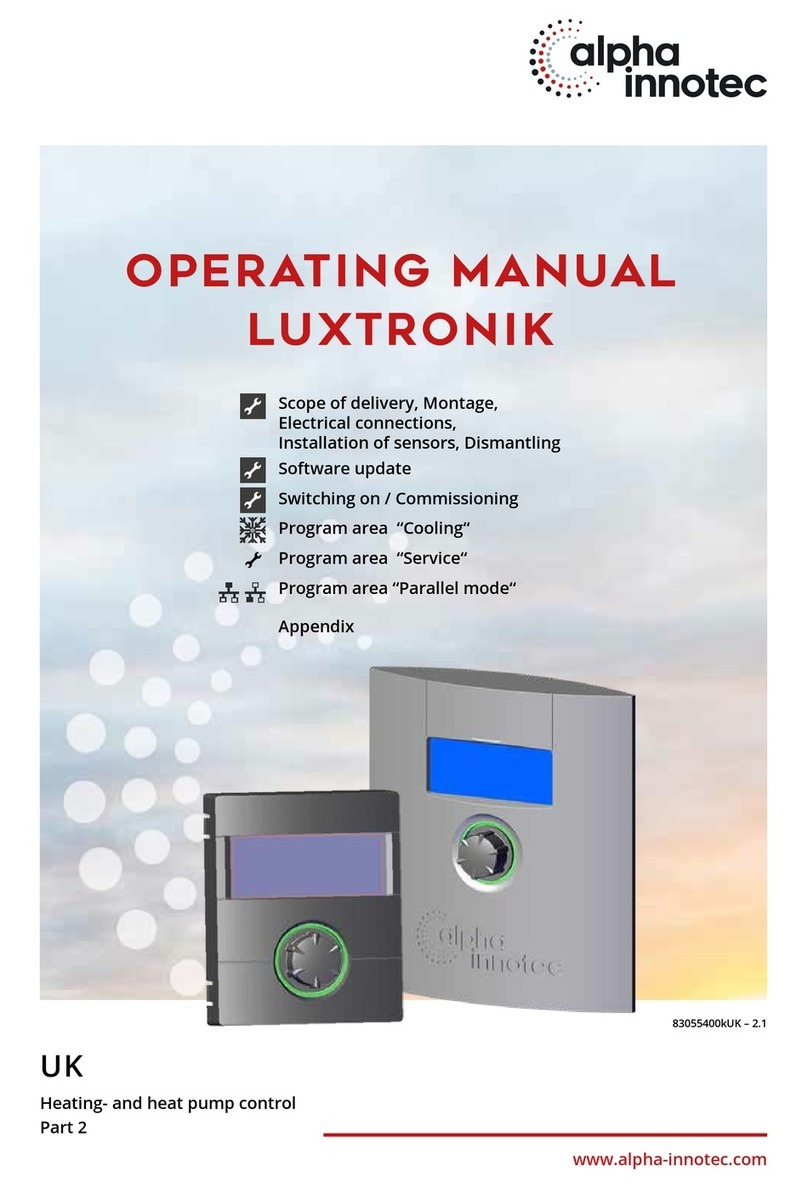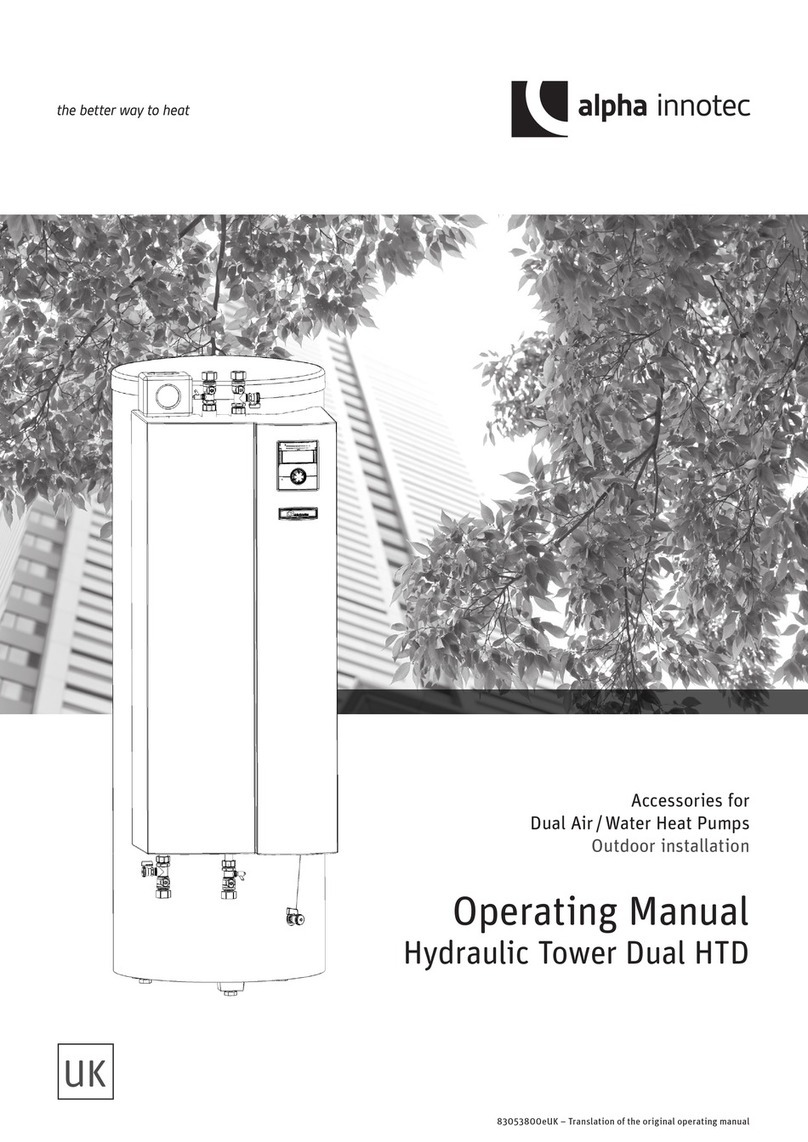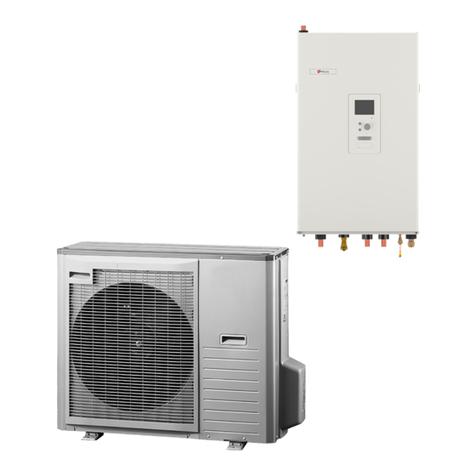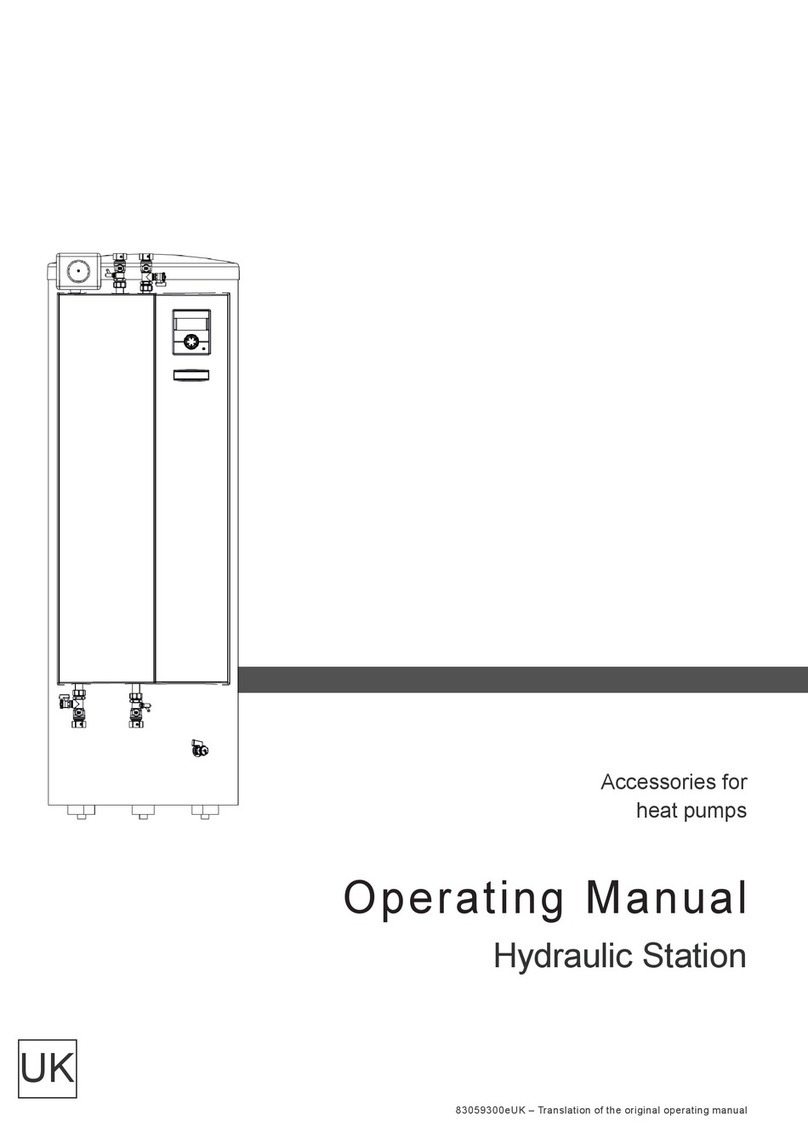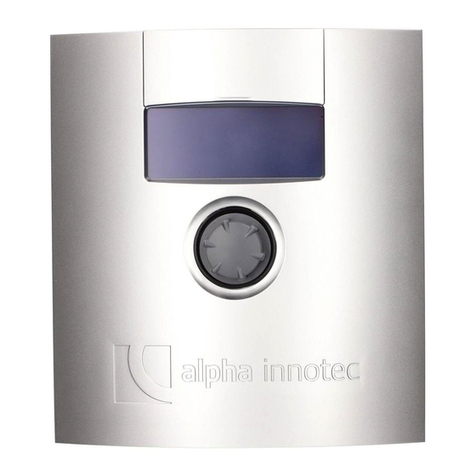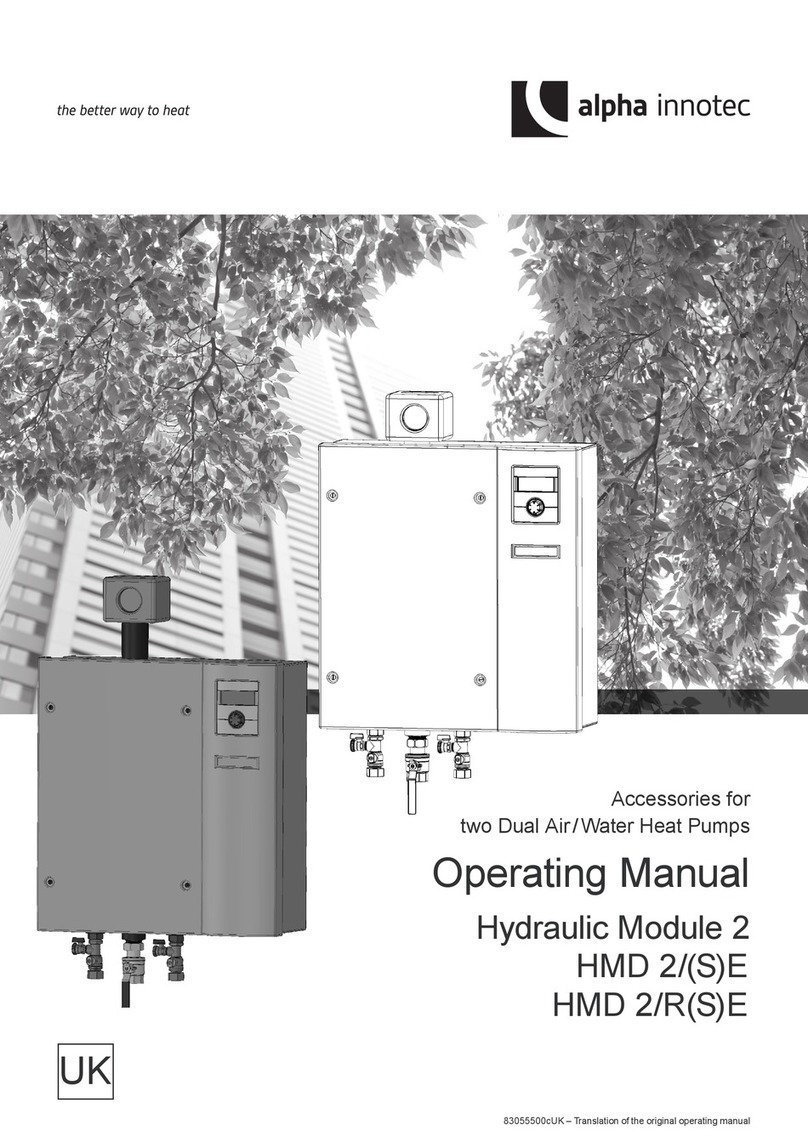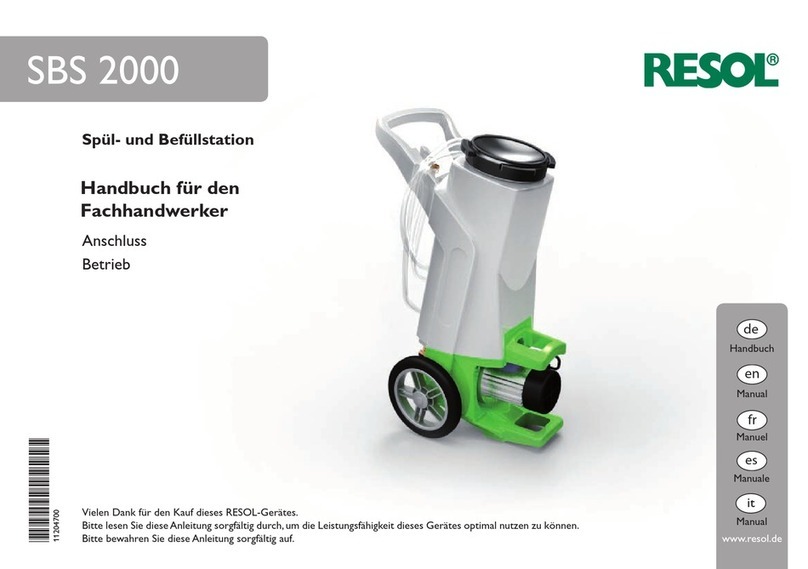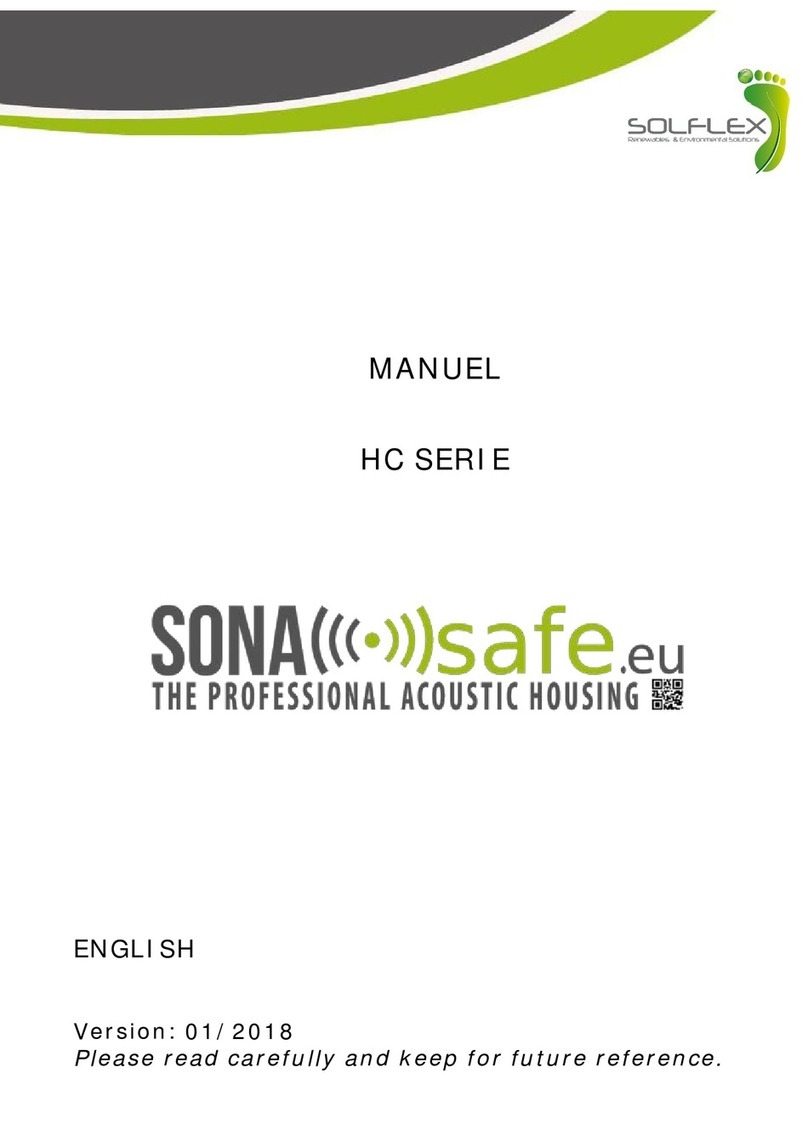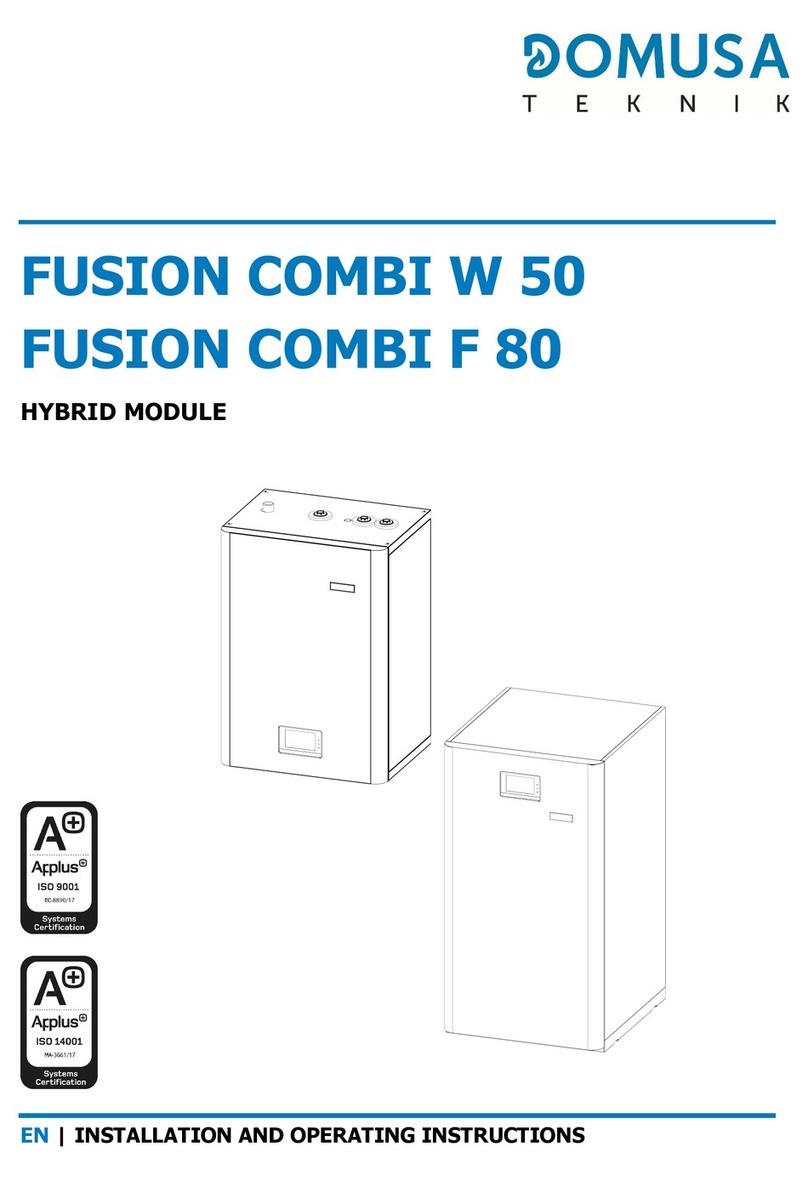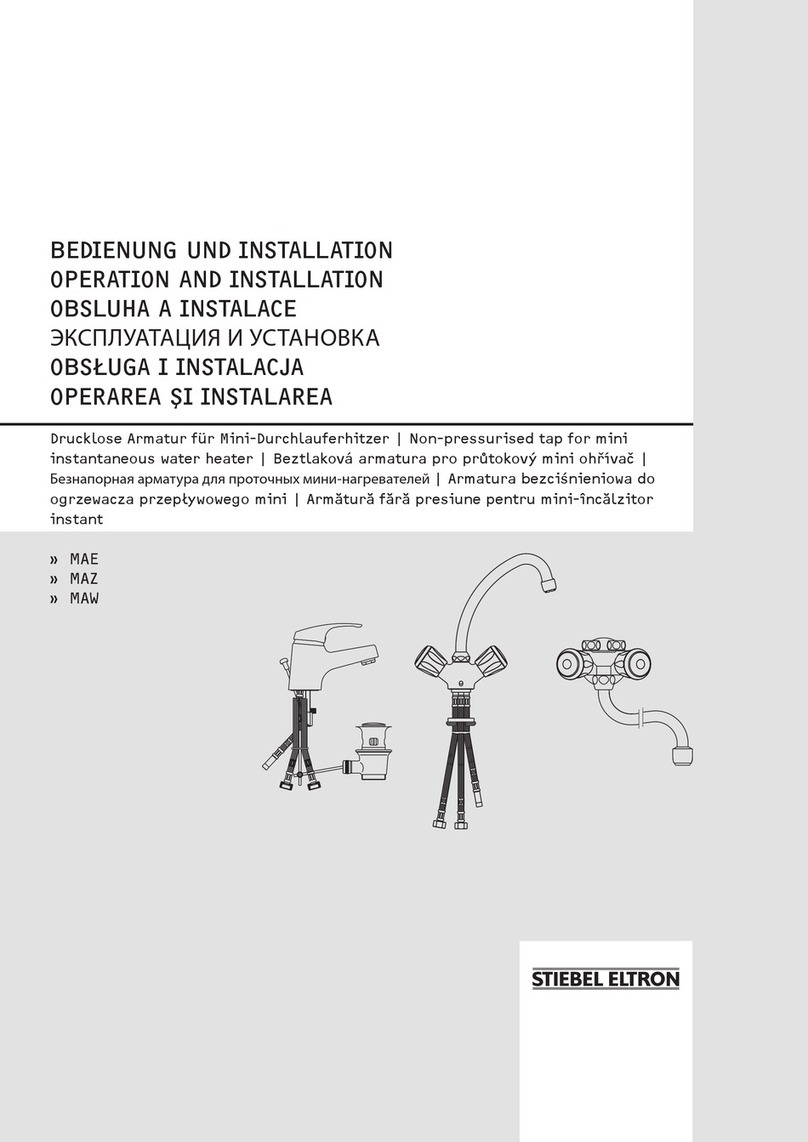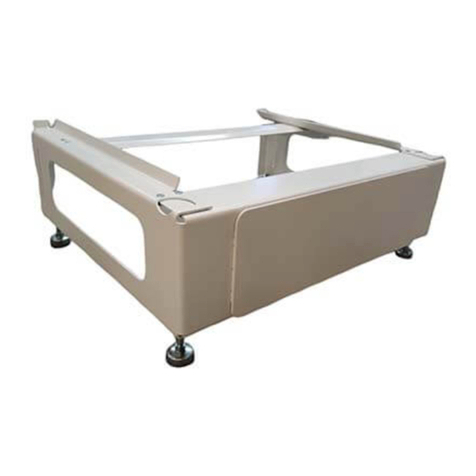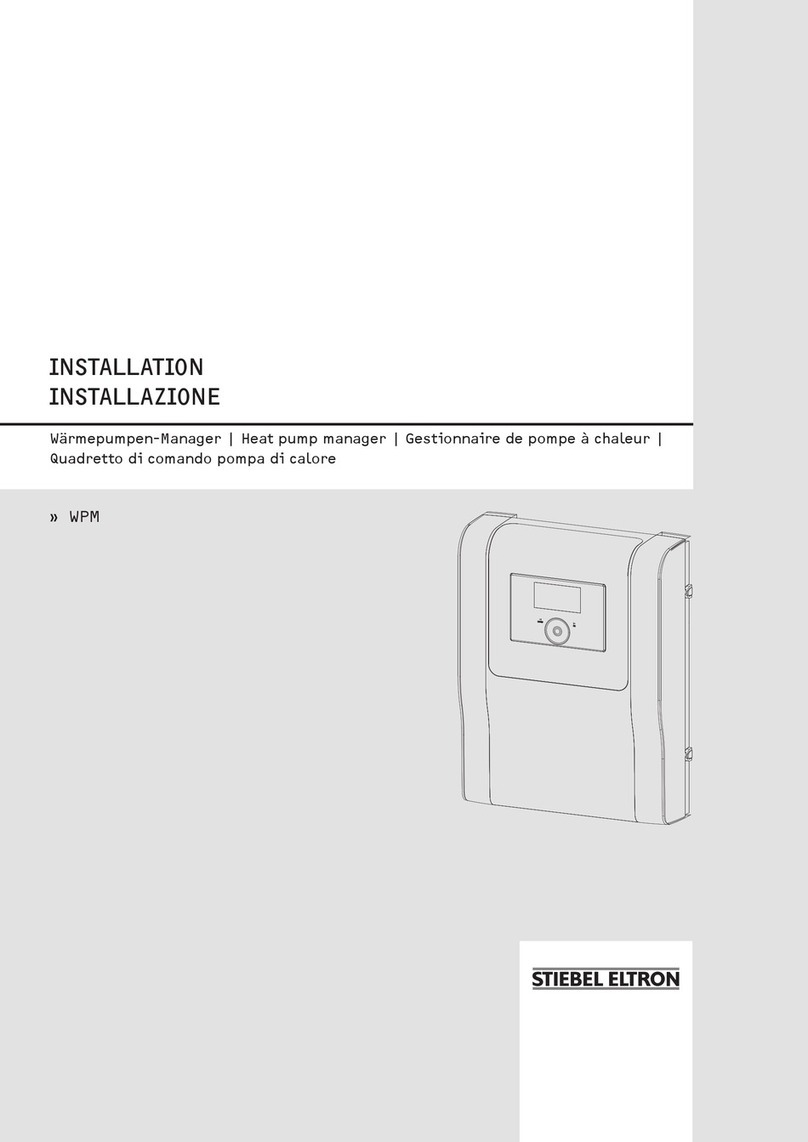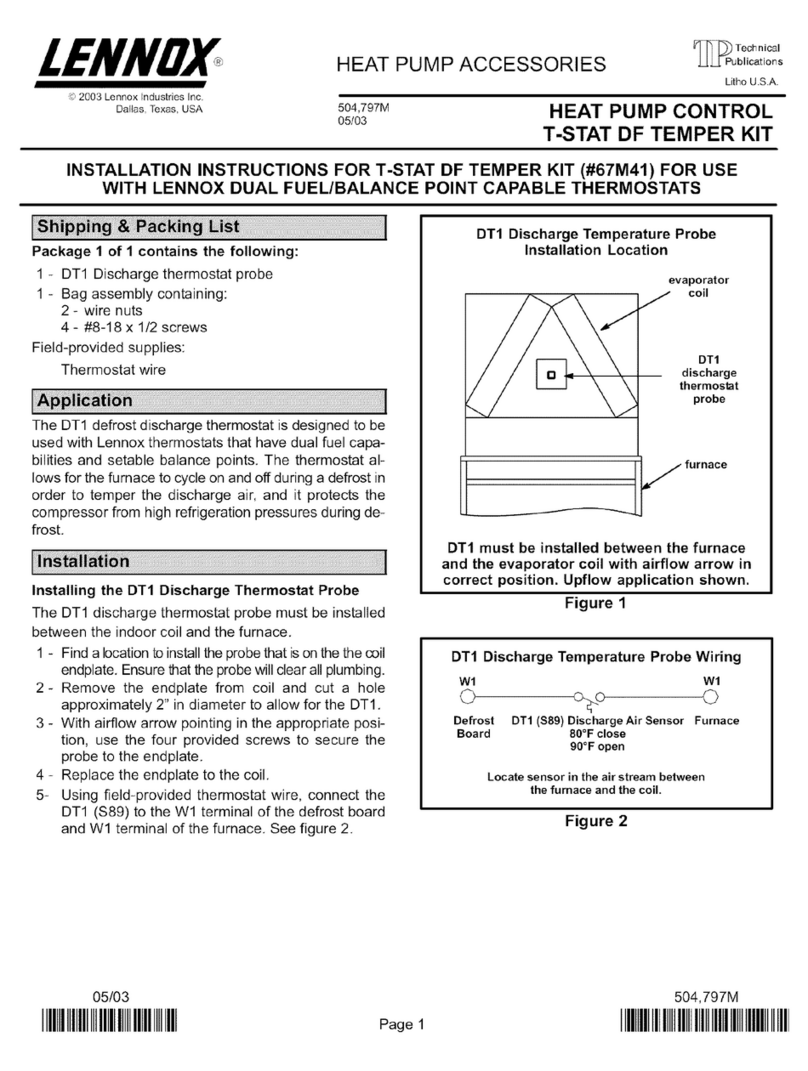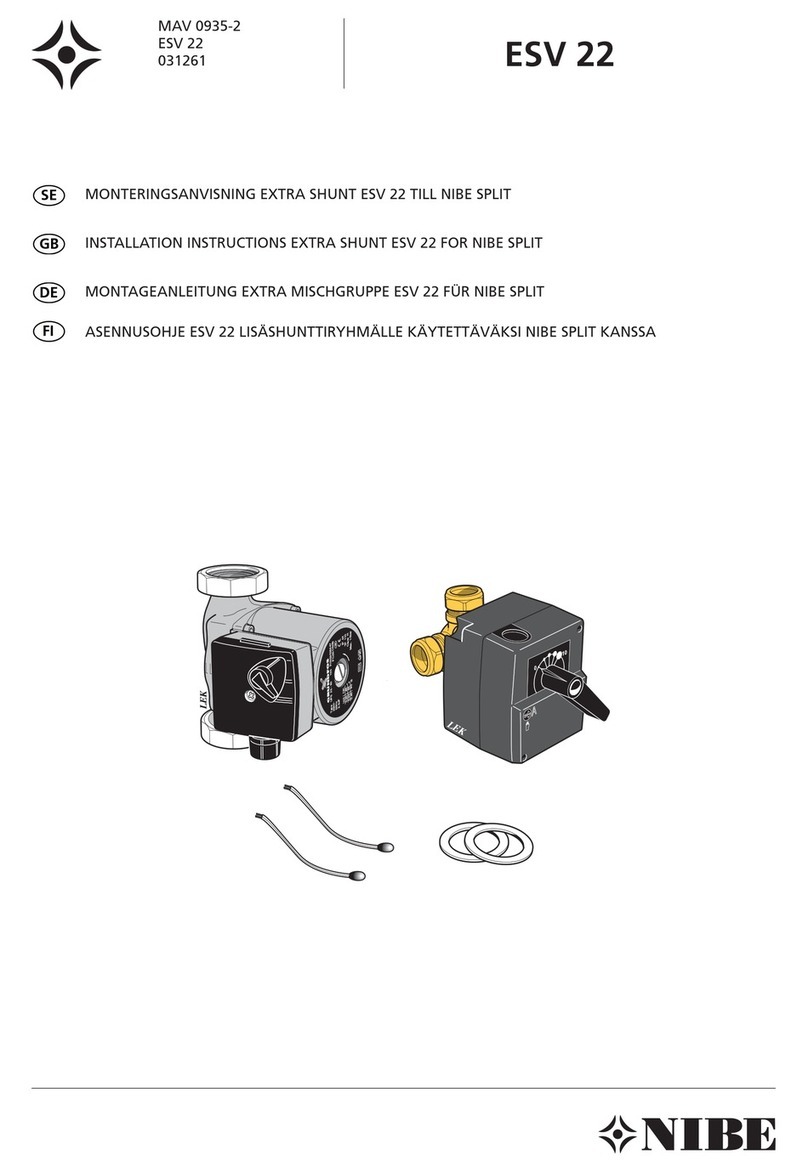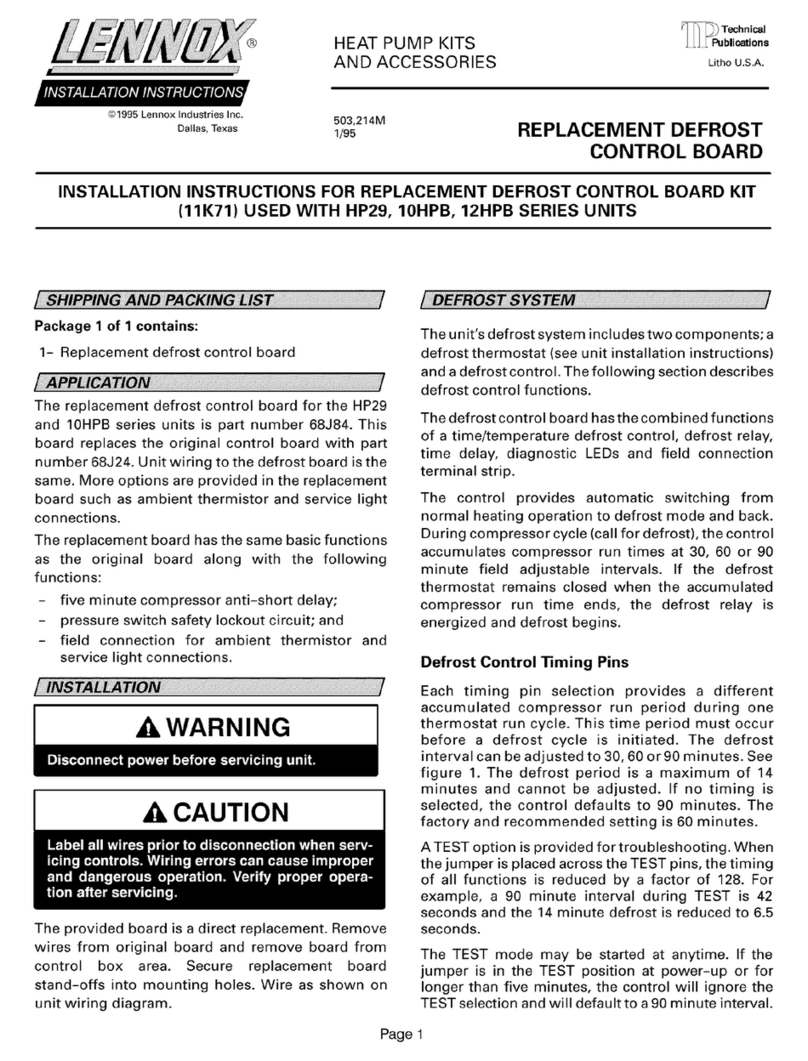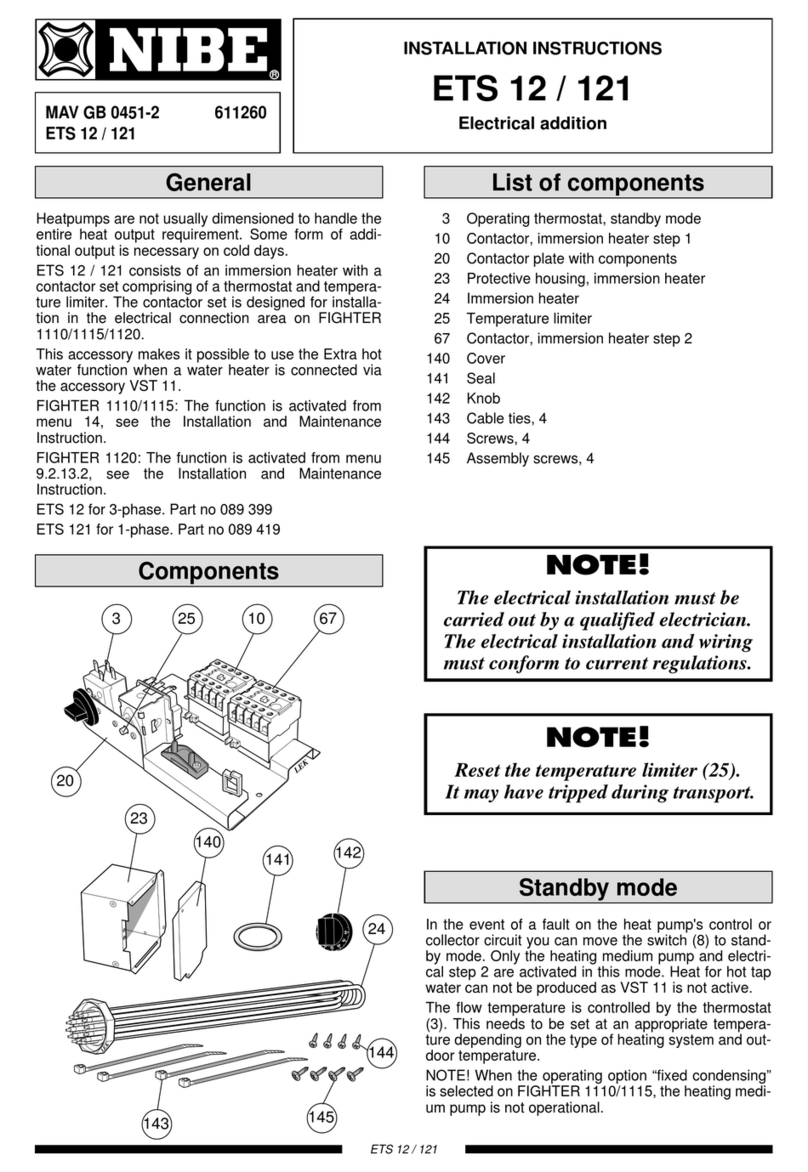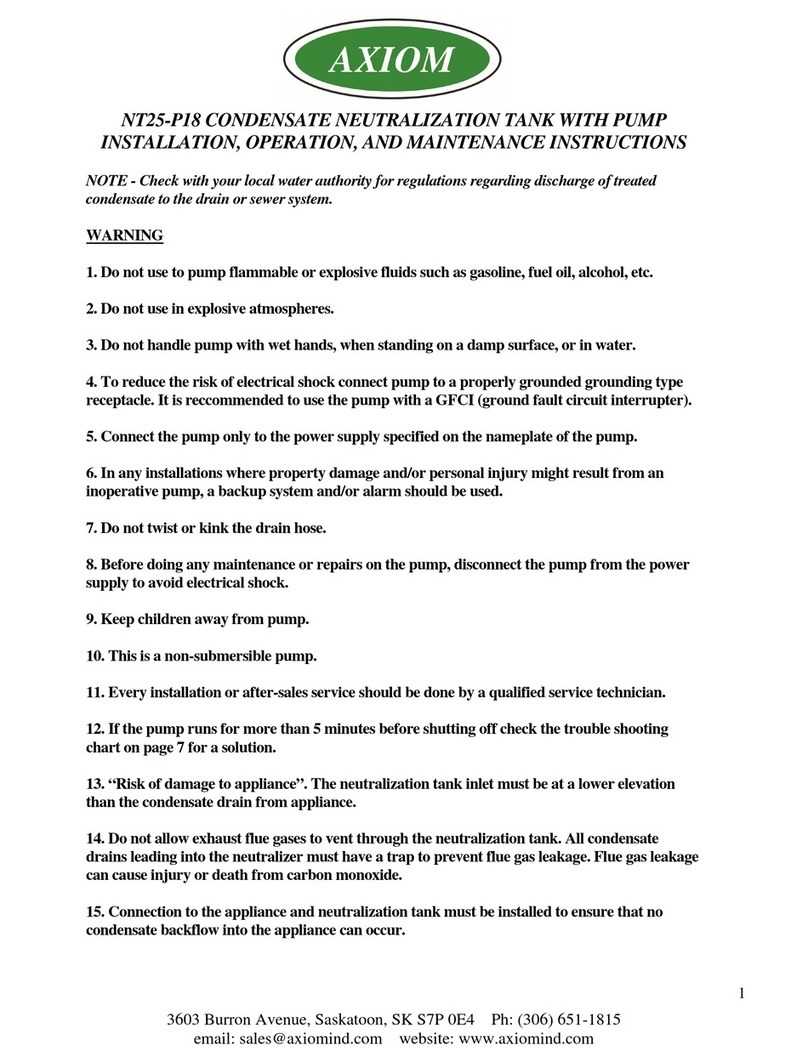
5
Subject to technical amendments without prior notice | 83070100bUK | ait-deutschland GmbH
2.4 Residual risks
Injuries caused by electric shock
Components in the unit are energised with life-threat-
ening voltage. Before working on the unit:
►Disconnect unit from power supply.
►Protect unit against being switched back on again.
Existing earthing connections within housings or on
mounting plates must not be changed. If this should
nonetheless be necessary in the course of repair or in-
stallation:
►Restore earthing connections to their original
state once repair or installation is complete.
Injuries caused by high temperatures
►Before working on the unit, let it cool down.
2.5 Avoiding damage to property
Improper action
Requirements for minimising scale and corrosion dam-
age in hot water heating systems:
●Proper planning, design and commissioning
●Corrosion-resistant system
●Integration of an adequately dimensioned device
for maintaining pressure
●Use of demineralised heating water or VDI 2035
equivalent water
●Regular servicing and maintenance
If a system is not planned, designed, started up and
operated in accordance with these requirements,
there is a risk that the following damage and malfunc-
tions will occur:
●Malfunctions and failure of components, e.g.
pumps, valves
●Internal and external leaks, e.g. from heat ex-
changers
●Restrictions and blockages in components, e.g.
heat exchanger, pipes, pumps
●Material fatigue
●Gas bubbles and gas cushion formation (cavita-
tion)
●Impaired heat transfer caused by formation of
coatings, deposits etc., and associated noises,
e.g.boilingnoises,ownoises
►Observe the information in this operating manual
for all work on and with the unit.
Impactoflow-qualityllingandtop-upwater
in the heating circuit
Thequalityoftheheatingwateriscrucialforthee-
ciency of the system and the service life of the heat
generator and the heating components.
Ifthesystemislledwithuntreateddrinkingwater,cal-
cium deposits form as limescale on the heat transfer
surfaces of the heating system. This reduces the unit's
eciencyandincreasesenergycosts.Inextremecas-
es, this will damage the heat exchangers.
► Only ll the system with demineralised heating
water or with VDI 2035 equivalent water (for low-
saltoperationofthesystem).
3 Operation and product care
NOTE
The unit is controlled via the control panel of
the heating and heat pump controller HPC.
3.1 Energy-conscious and
environmentally-conscious
operation
The generally accepted requirements for energy-con-
scious and environmentally-conscious operation of a
heating system also apply to use of a heat pump. The
most important measures include:
● Avoidunnecessarilyhighowtemperatures
●Avoid unnecessarily high domestic hot water tem-
peratures(observeandfollowlocalregulations)
●Do not open windows with just a gap or tilt win-
dows open (continuous ventilation), but instead
open windows wide for a short time (shock ven-
tilation).
●Ensure the controller settings are correct.
3.2 Product care
Wipe down the outside of the unit only using a damp
cloth or a cloth with a mild detergent (washing-up liquid,
neutralcleaningproduct).Donotuseanyharsh,abra-
sive, acidic or chlorine-based cleaning products.
